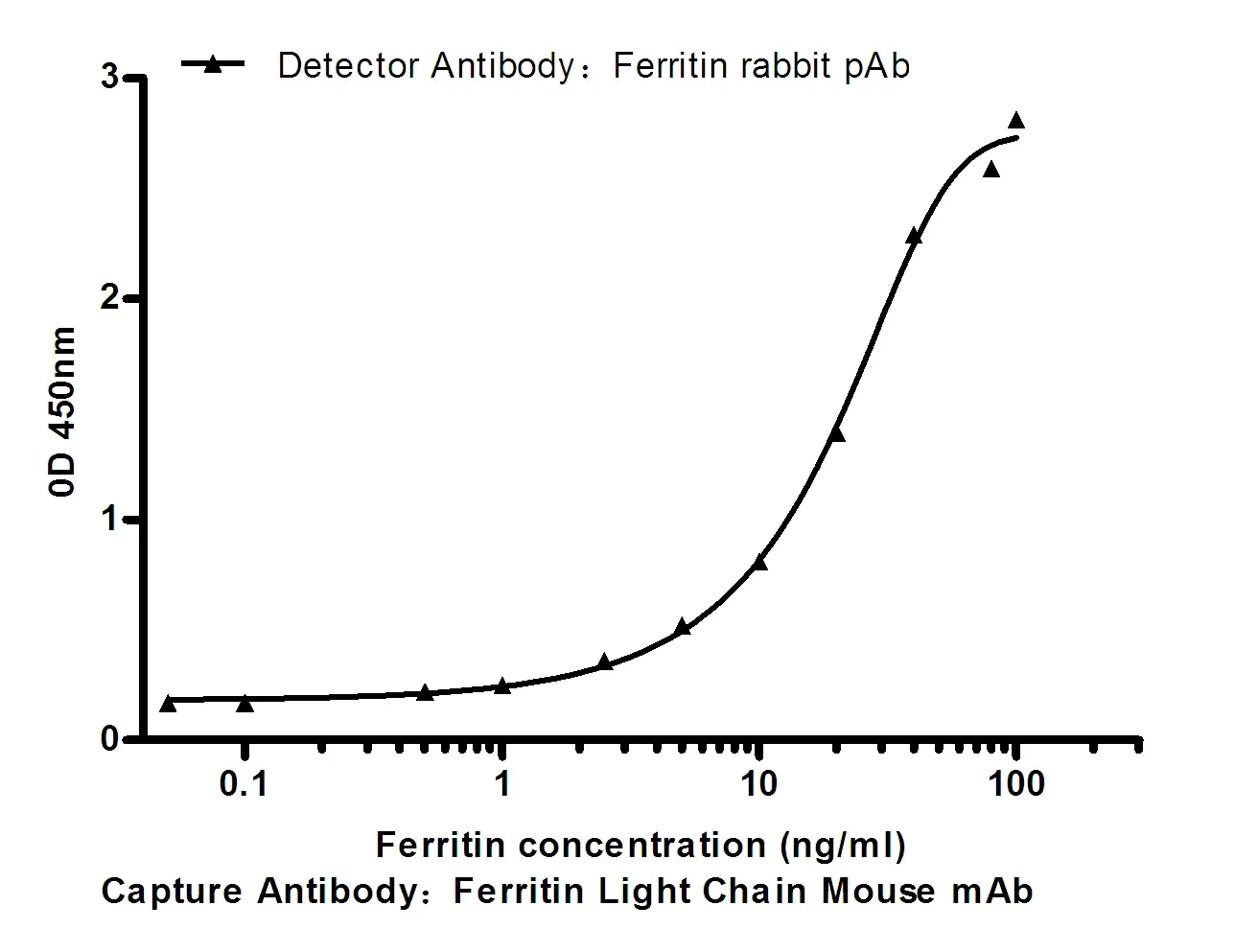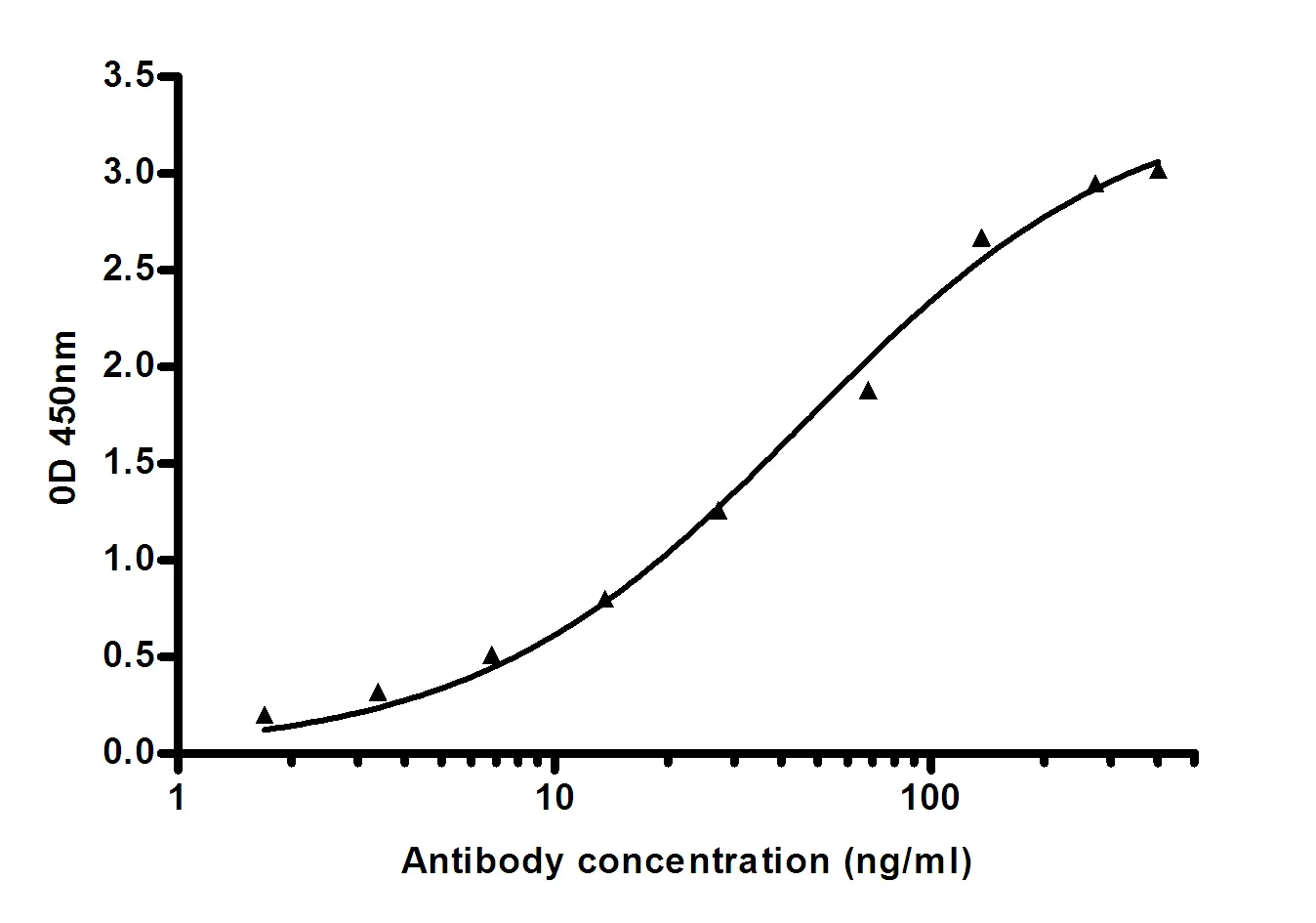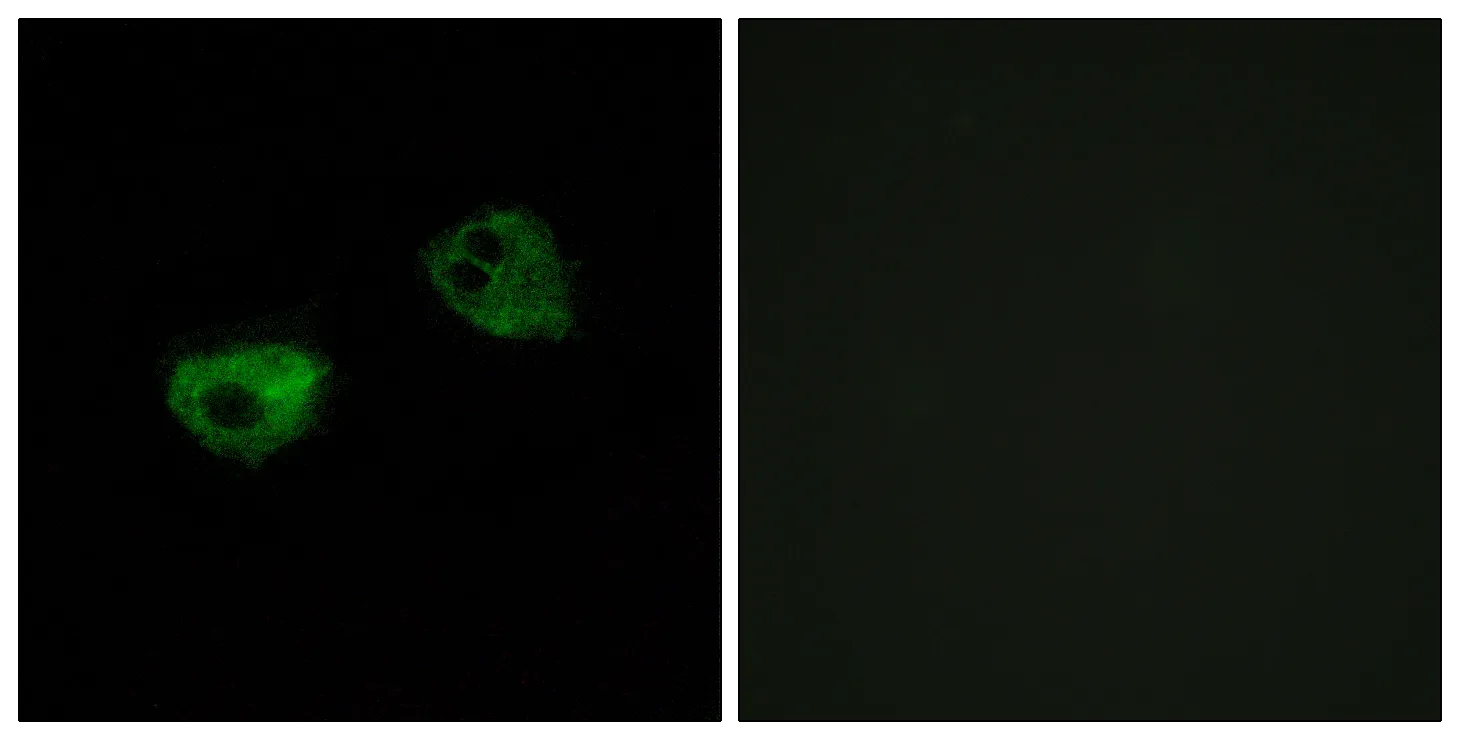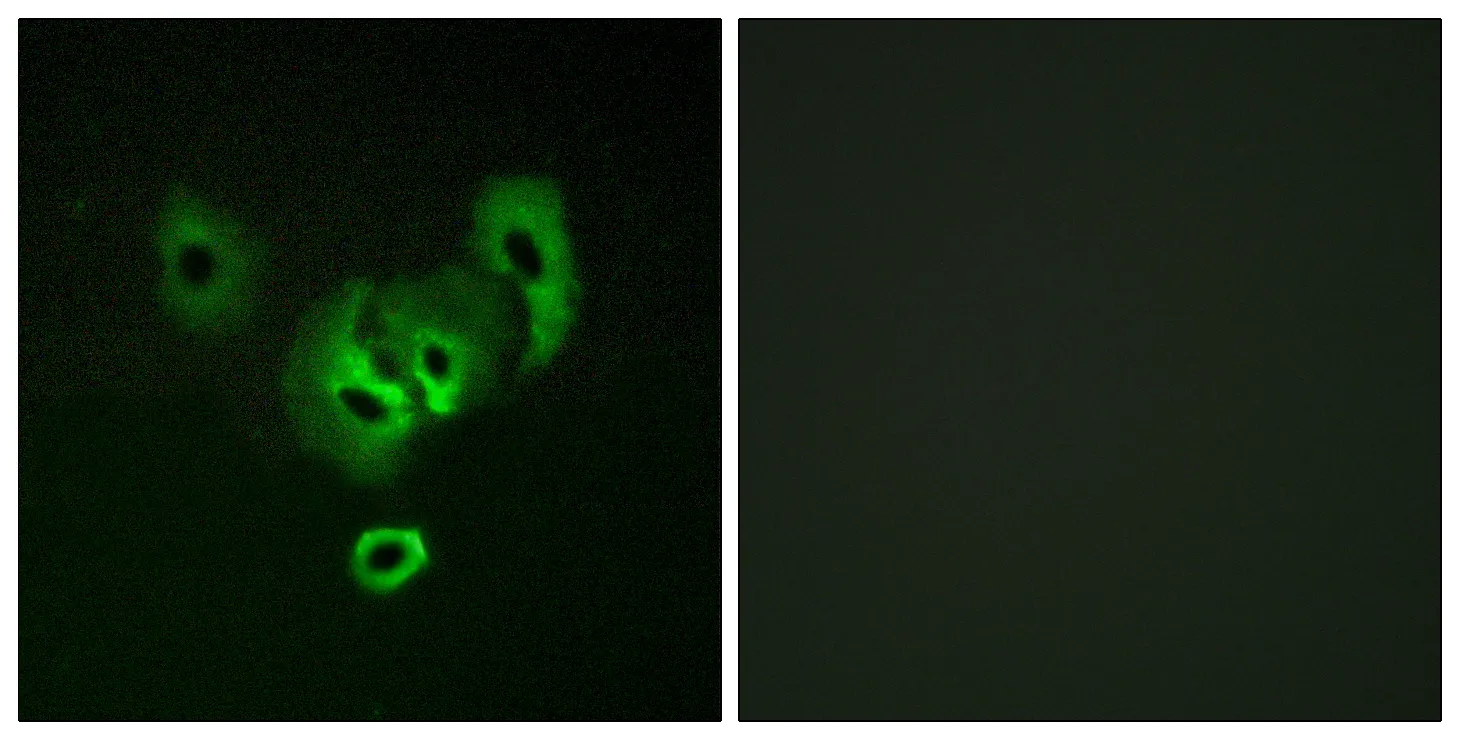Summary
Performance
Immunogen
Application
Background
This gene is a member of the family of dihydroxyacetone kinases, which have a protein structure distinct from other kinases. The product of this gene phosphorylates dihydroxyacetone, and also catalyzes the formation of riboflavin 4',5'-phosphate (aka cyclin FMN) from FAD. Several alternatively spliced transcript variants have been identified, but the full-length nature of only one has been determined. [provided by RefSeq, Jul 2008],catalytic activity:ATP + glycerone = ADP + glycerone phosphate.,catalytic activity:FAD = AMP + riboflavin cyclic-4',5'-phosphate.,cofactor:Magnesium.,cofactor:Manganese or cobalt; for FAD-AMP lyase activity.,enzyme regulation:Each activity is inhibited by the substrate(s) of the other.,function:Catalyzes both the phosphorylation of dihydroxyacetone and the splitting of ribonucleoside diphosphate-X compounds among which FAD is the best substrate.,similarity:Belongs to the dihydroxyacetone kinase (DAK) family.,similarity:Contains 1 DAK1 (dihydroxyacetone kinase subunit 1) domain.,similarity:Contains 1 DAK2 (dihydroxyacetone kinase subunit 2) domain.,subunit:Homodimer.,
Research Area
Glycerolipid metabolism;RIG-I-like receptor;




